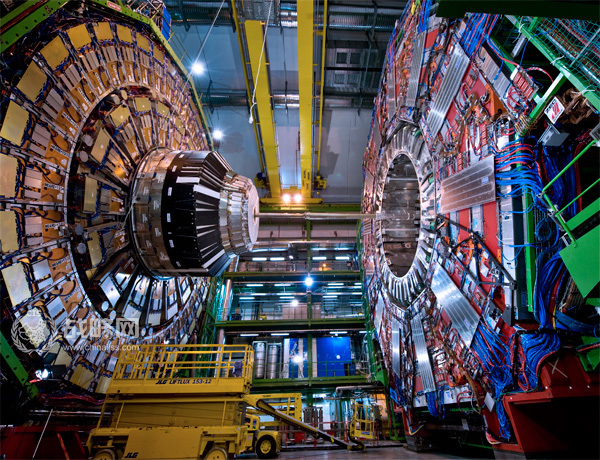The intention of the collider was to let scientists probe "the ultimate nature of matter," as it is always put, by re-creating as nearly as possible the conditions in the universe during its first ten thousand billionths of a second. The plan was to fling particles through a tunnel fifty-two miles long, achieving a truly staggering ninety-nine trillion volts of energy. It was a grand scheme, but would also have cost $8 billion to build (a figure that eventually rose to $10 billion) and hundreds of millions of dollars a year to run.

Since the supercollider debacle particle physicists have set their sights a little lower, but even comparatively modest projects can be quite breathtakingly costly when compared with, well, almost anything. A proposed neutrino observatory at the old Homestake Mine in Lead, South Dakota, would cost $500 million to build—this in a mine that is already dug—before you even look at the annual running costs. There would also be $281 million of "general conversion costs." A particle accelerator at Fermilab in Illinois, meanwhile, cost $260 million merely to refit.












